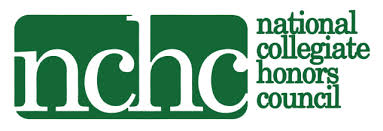Nineteenth-Century Gothic Literature and Its Textual Monstrosities
Instructor(s): Renée Faubion
Course Description
Ever wonder why we shudder when we see our own blood? Or why the dark seems full of demons—even when we know it isn’t—and why we feel they are coming for us? This seminar sets out to explore these questions by considering nineteenth-century gothic narratives against the history of theories of horror drawn from philosophy, aesthetics, and psychology. We will also look at key developments in the culture of the nineteenth century (notably, colonization, “race” theory, gender roles, and evolution) to help us understand how those events participated in the development of horror narratives. Ultimately, our goal this semester will be to dissect the illicit pleasure of the horror story to investigate how nineteenth-century Anglo-Americans translated their desires and anxieties about their changing world into literary texts. Those investigations will provide fodder for our written work this semester; we will use the writing process to probe some of the challenges posed by the gothic and to develop strategies enabling us to become more efficient and effective writers of analysis.Texts
Charlotte Brontë, Jane Eyre
Bram Stoker, Dracula
Oscar Wilde, The Picture of Dorian Gray
J. Sheridan Le Fanu, Carmilla
Short stories by Edgar Allan Poe
Requirements
Two brief essays; a research project involving several stages and leading to an analytic essay addressing some aspect of the
gothic; several small-scale exercises targeting writing skills; careful preparation for and participation in seminar sessions



Social Media
For news, information, prizes and more fun stuff follow us on our social media!
Honors College Resources